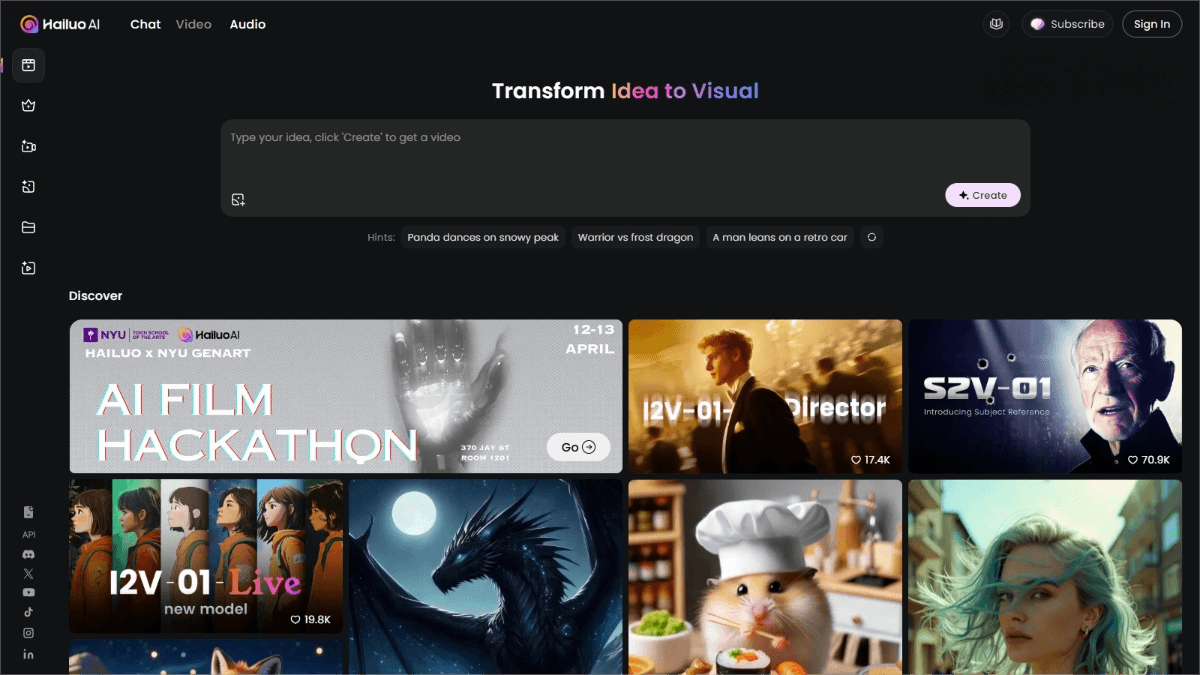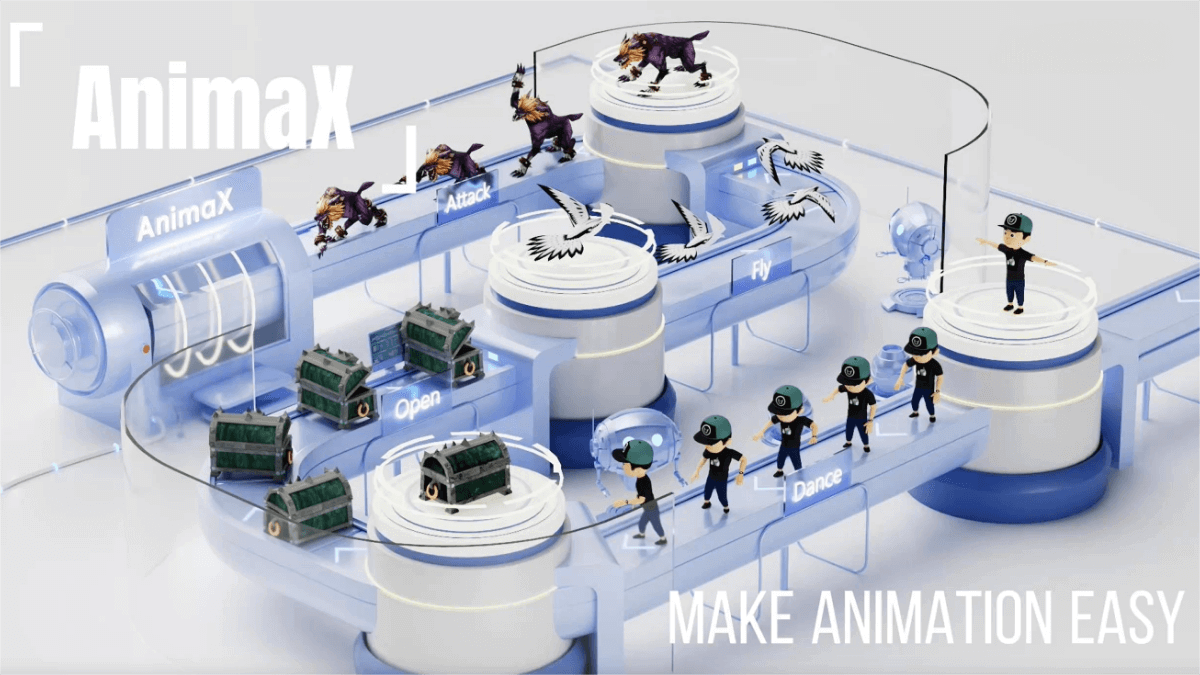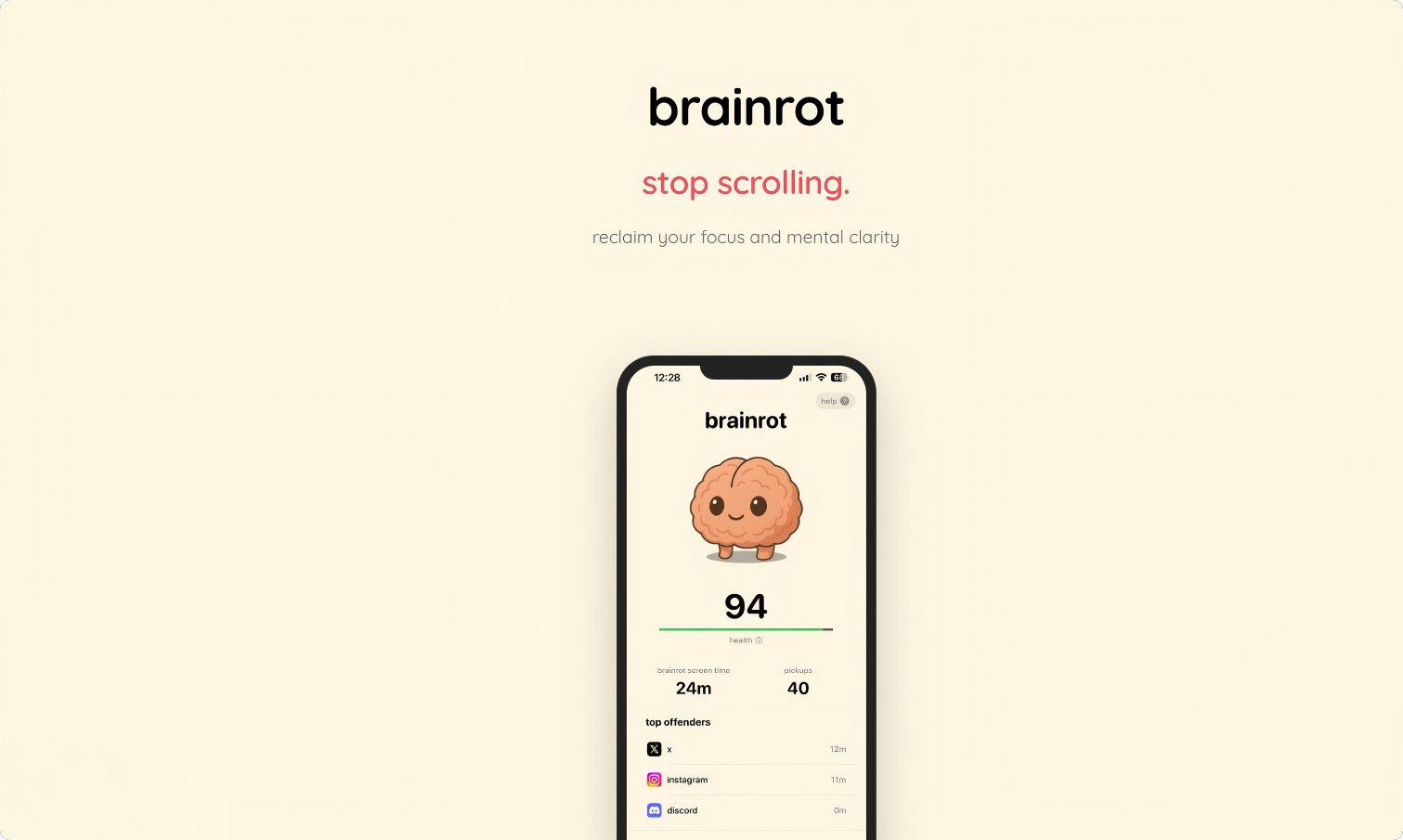WriteHERE – An Open-Source AI Long-Form Writing Framework Capable of Generating Ultra-Long Texts in a Single Pass
What is WriteHERE?
WriteHERE is an open-source AI long-form writing framework developed by a team led by Jürgen Schmidhuber. It leverages Heterogeneous Recursive Planning (HRP) to dynamically decompose the writing process into three distinct task types—retrieval, reasoning, and composition—and manages their dependencies through a Directed Acyclic Graph (DAG) for adaptive execution. WriteHERE is capable of generating professional reports of over 40,000 words or 100 pages in a single pass, making it suitable for a wide range of scenarios such as novel writing and technical report generation. Fully open-sourced, WriteHERE allows developers to freely integrate and call heterogeneous agents, setting a new benchmark for the capabilities of AI-assisted writing.

Key Features of WriteHERE
-
Ultra-long text generation in a single pass: Supports generating over 40,000 words or 100 pages of structured content to meet the needs of complex writing tasks.
-
Creative and technical content creation: Generates creative stories, novels, technical documentation, and more.
-
Dynamic information retrieval: Real-time search and integration of relevant information during the writing process.
-
Style consistency: Maintains a consistent writing style and logical coherence throughout the document.
-
Visualized writing process: Displays the full writing workflow using a task dependency graph.
Core Technologies Behind WriteHERE
-
Heterogeneous Task Decomposition:
The writing process is broken down into three heterogeneous task types—Retrieval, Reasoning, and Composition. Each has a unique information flow model: Retrieval gathers data from external sources, Reasoning conducts logical analysis, and Composition generates textual content. Tasks are recursively decomposed into sub-tasks until they reach atomic, executable units. -
Stateful Hierarchical Scheduling Algorithm:
Task dependencies are modeled as a Directed Acyclic Graph (DAG), and each task can be in one of three states: active, suspended, or silent. The system dynamically adjusts execution order based on task states, ensuring logical consistency, real-time feedback, and adaptive planning. -
Mathematical Formalization Framework:
The entire writing system is abstracted as a 5-tuple model consisting of an agent kernel, internal memory, external database, workspace, and I/O interfaces. This formal definition ensures the executability of each task and the achievement of the overall writing goal.
Project Links
-
Official Website: http://writehere.site/
-
GitHub Repository: https://github.com/principia-ai/WriteHERE
-
arXiv Paper: https://arxiv.org/pdf/2503.08275
Application Scenarios
-
Novel Writing: Generates full-length novels with coherent plots and rich characters, supporting both creative ideation and dynamic plot adjustment.
-
Technical Reports: Writes well-structured technical documents that combine data analysis and logical reasoning.
-
Industry Analysis: Produces professional reports that include market trends, strategic insights, and in-depth analysis.
-
Academic Papers: Assists in writing scholarly articles by integrating references and structuring content according to academic standards.
-
Policy Documents: Generates authoritative and logically sound policy papers and whitepapers.
Related Posts




